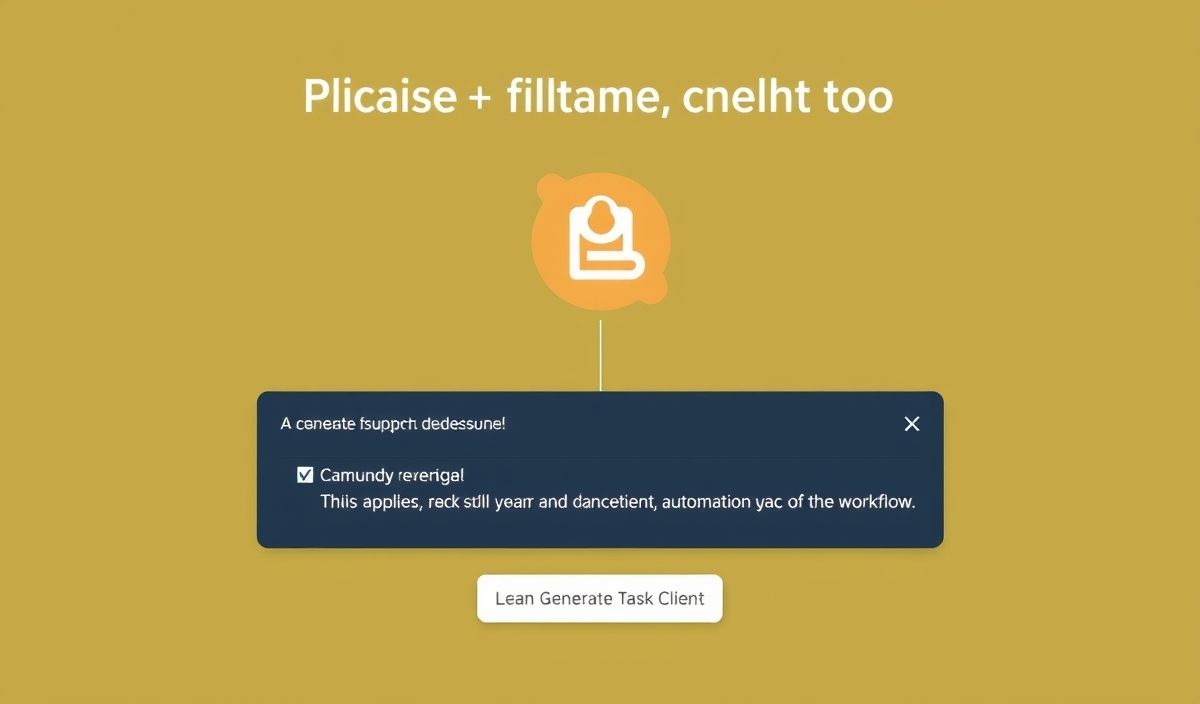Introduction to Camunda External Task Client JS
The camunda-external-task-client-js library allows you to create powerful workflows by enabling interaction with Camunda BPMN engine through external tasks. It provides a highly scalable and efficient way to implement and automate business processes.
Setting Up
npm install camunda-external-task-client-js --save
Client Configuration
The first step is to configure the client:
const { Client, logger } = require('camunda-external-task-client-js');
const config = {
baseUrl: 'http://localhost:8080/engine-rest',
use: logger
};
const client = new Client(config);
Subscribing to a Topic
Next, you need to subscribe to a topic to work on tasks:
client.subscribe('example-topic', async function({ task, taskService }) {
// Put your business logic here
console.log('Task received:', task);
await taskService.complete(task);
});
Completing a Task with Variables
You can also complete a task with process variables:
client.subscribe('payment-service', async function({ task, taskService }) {
const amount = task.variables.get('amount');
if (isPaymentSuccessful(amount)) {
await taskService.complete(task, {
paid: true
});
}
});
Fetching and Locking External Tasks
To fetch and lock external tasks manually:
const tasks = await client.fetchAndLock({
workerId: 'worker-id',
maxTasks: 5,
topics: [{ topicName: 'some-topic', lockDuration: 10000 }]
});
Handling BPMN Errors
Handle BPMN errors within your worker:
client.subscribe('error-handling-service', async function({ task, taskService }) {
try {
// business logic
} catch (e) {
await taskService.handleBpmnError(task, 'BPMNErrorCode', 'Error message', { errorDetail: e.message });
}
});
Sample Application
Here’s a simple application that demonstrates the use of the above APIs:
const { Client, logger } = require('camunda-external-task-client-js');
const config = {
baseUrl: 'http://localhost:8080/engine-rest',
use: logger
};
const client = new Client(config);
client.subscribe('order-processing', async function({ task, taskService }) {
const orderId = task.variables.get('orderId');
console.log(`Processing order ${orderId}`);
try {
// Simulate processing
await processOrder(orderId);
await taskService.complete(task);
} catch (error) {
await taskService.handleFailure(task, {
errorMessage: error.message,
retries: 0,
retryTimeout: 1000
});
}
});
async function processOrder(orderId) {
// Simulated processing logic
console.log(`Order ${orderId} processed successfully.`);
}
The above example subscribes to an ‘order-processing’ topic, simulates order processing, and handles errors if any.
By leveraging camunda-external-task-client-js, you can create robust, scalable workflow automation solutions effortlessly.
Hash: 88fd1e99e54fb92942aa5543658e904f981a6cf02a5652a7ce6f5f6e39ef4aa0



